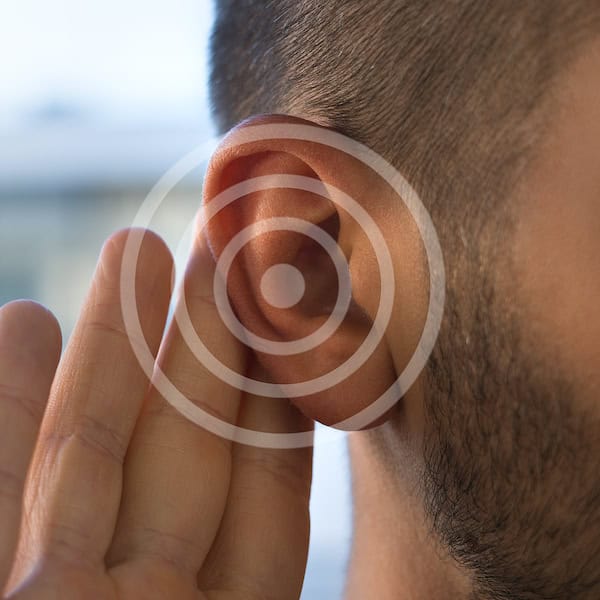What to Expect at a Hearing Test
A hearing test should be a regular part of maintaining your best health and well-being. The Better Hearing Institute, a non-profit organization, recommends getting a hearing test once every decade until age 50 and once every three years thereafter. Those in high-risk professions or with a medical history indicating a higher risk of hearing loss should be tested even more frequently.
The hearing test allows you to keep track of your hearing health over time. If you have minor hearing loss at certain frequencies, it can be an indication that your hearing protection needs improvement. If you have mild hearing loss, it is time to start wearing hearing aids. If you have hearing loss that progresses faster than normal—noticed over the course of two or more hearing tests—it can be an indication of an underlying cardiovascular condition that may require medical intervention.

When You Arrive
The Hearing Test
Pure-Tone Audiometry
“Pure tones” are sounds that only exist at one particular frequency, like the sound from a tuning fork. You’ll hear tones at various pitches in one or both ears, and at varying volume levels. This test gives us the most accurate picture of your ears’ raw ability to hear sounds across the frequency spectrum (low tones to high tones).
Speech Audiometry
This test is conducted the same way as the pure-tone test but uses speech sounds instead of tones. This lets us see how well you can interpret speech, specifically, which is usually the main focus of hearing loss treatment.
Speech-In-Noise Audiometry
Same as the speech test, but with background noise present. Background noise significantly complicates the sonic environment, making it much more difficult to interpret speech. This test gives us a sense of how much background sound can be present for you to still hear speech comfortably.

After the Test
The results of your pure-tone test will be displayed on an audiogram. This is a graph, where the frequency spectrum is represented on the x-axis and dBHL (decibels hearing level) is displayed on the y axis. There will be one horizontal line representing normal hearing, and two additional lines representing your hearing ability in each ear. We will review your audiogram with you and explain the results. We may recommend hearing protection or hearing aids at this time.
Regular hearing tests are the best way to ensure that your hearing health is in the best possible shape. If you do have hearing loss, it is important to start wearing hearing aids so there is no gap in your hearing ability. Whether you suspect you have hearing loss or are simply due for a hearing test, we look forward to seeing you soon!
